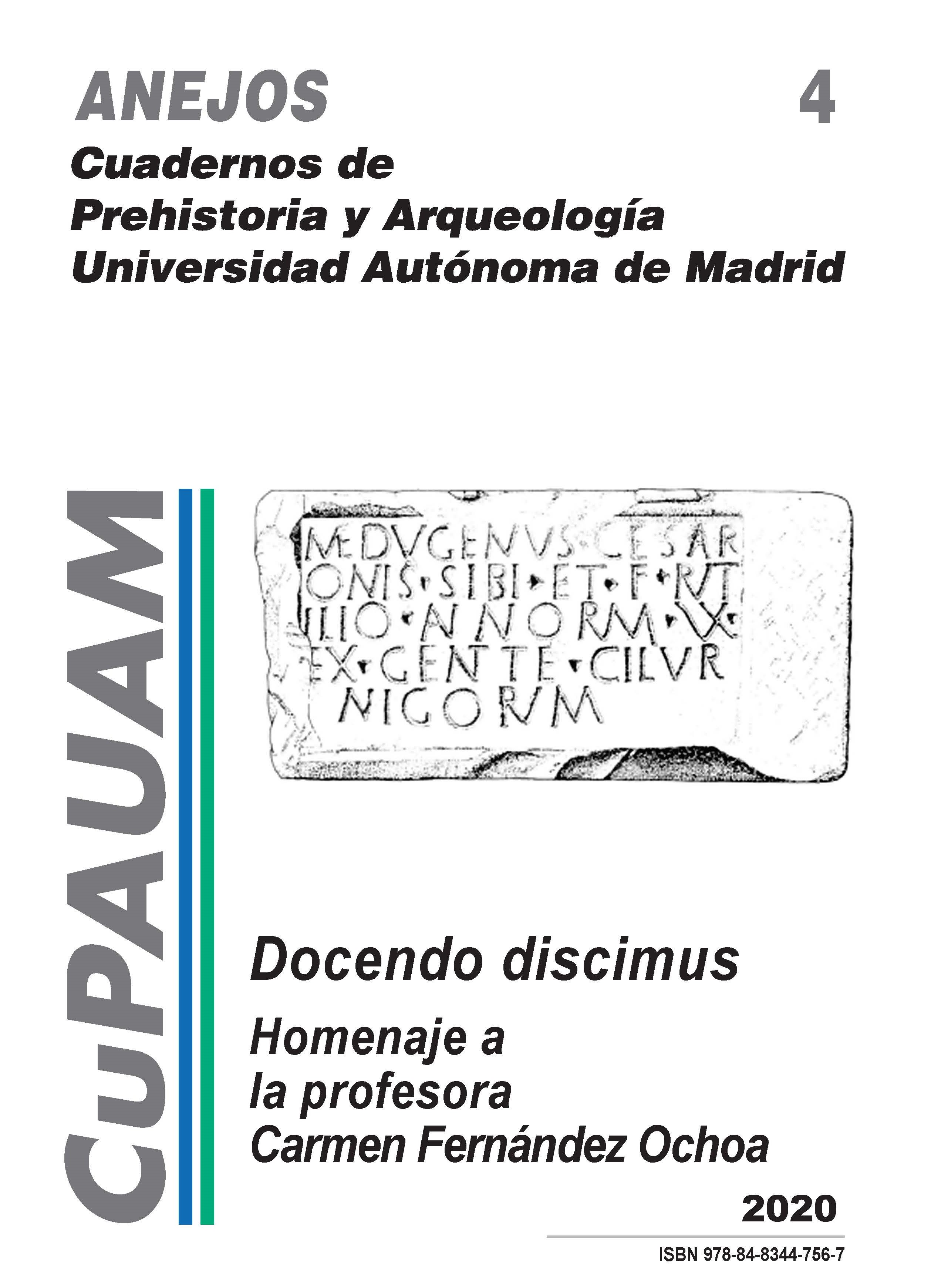An evocation of “Horus on Crocodiles” iconography in Pseudo-Matthew’s apocryphal gospel
Keywords:
Horus-on-crocodiles, pests, adversity, Apocryphal-Gospels, Pseudo-Matthew, deitiesAbstract
Iconographic remembrance of infant-god Horus should be recognized in amazing stories about Christ-child narrated in Pseudo-Matthew´s apocryphal Gospel. The legends told in passages XVIII and XIX of the dubious text evoke infant Jesus’s great power over pests, attributed to several male child deities in ancient Egypt, but especially prominent in depictions of Horus-child. In this article, the iconography of the so-called stelae or cippi of “Horus-on-crocodiles” and its similarity with some deeds attributed to Jesus-child in Pseudo-Matthew´s Gospel, are explored. A special emphasis is placed on Egyptian mythological narrative where reasons for Horus-child’s power over pests in favour of children are given. Finally, the transmission of Horus-child through the myth of Osiris beyond the pharaonic culture are briefly exposed and evaluated accordingly.
Downloads
References
Allen, J. P. (2005a): The Ancient Egyptian Pyramids Texts. Atlanta.
Arroyo de la Luente, A. (2014): “Cultos egipcios en Roma. Modelos de arquitectura templaria, cultual y conmemorativa en la capital del Imperio”. Boletín de la Asociación Española de Egiptología, 23: 49-83.
Bessière, G. (1999): Jesús, el dios inesperado. Barcelona.
Bourguet (du), S. J. (1968): L’art copte. París.
Carrier, C. (2004), Textes des Sarcophagues du Moyen Empire Égyptien, Vols. I-III. Mónaco.
Cartlidge, D. R. y Elliott, J. K. (2001): Art and the Christian Apocrypha. Londres.
Cerro, G. (del); Gómez Segura, E; Bermejo, F.; Piñeiro, A.; García Bazán, F.; Monteserrat, J. y Martínez Castro, A. (2009): Todos los evangelios canónicos y apócrifos. Madrid.
Dijk, J. (van) (1989), “The canaanite God Hauron and his Cult in Egypt”. Gottinger Miszellen, 107: 59-68.
Frankfurter, D. (1998): Religion in Roman Egypt. Assimilation and Resistance. Princeton. https://doi.org/10.1515/9780691214733
Heyob, S. K. (1975): The Cult of Isis among women in the Graeco-Roman World. Leiden. https://doi.org/10.1163/9789004296374
Jensen, E. (2018): Barbarians in the Greek and Roman World. Indianapolis/Cambridge.
López-Grande, M. J. (2003): Damas aladas del antiguo Egipto. Estudio iconográfico de una prerrogativa divina. Barcelona.
López-Grande, M. J. (2005), "Western Asiatic Winged Deities: Egyptian Iconographic evidence for the God Horon". Atti del V Congresso Internazionale di Studi Fenci e Punici, Vol. I. Palermo: 69-78.
López-Grande, M. J., Velázquez, F., Fernández, J. H., Mezquida, A. (2014), Amuletos de iconografía egipcia procedentes de Ibiza (Treballs del Museu Arqueològic d'Eivissa i Formentera 69). Eivissa.
Meeks, D. (1977): "Harpokrates". LdÄ, 4: 1003-1011.
Neumann, M. (2016): "(El) (Sadday - A Plea for Egyptian Derivation of the God and Its Name". WdO, 46, 2: 244-263. https://doi.org/10.13109/wdor.2016.46.2.244
Petrie, W. M. F. (1972 [1914]): Amulets. Warminster.
Reyes Barrios, V. (2018): “El culto a Osiris: la presencia del dios de los muertos en Grecia”. Boletín de la Asociación Española de Egiptología, 27: 191-206.
Plutarco (1995): De Iside et Osiride, Introducción, texto crítico, traducción y comentario de M. García Valdés. Pisa.
Porter, B. y Moss, R. (1979): Topographical Bibliography of Ancient Egyptian Hieroglyphic Texts, Reliefs and Paintings, Vol. VI. Oxford.
Riggs, C. (2006): The Beautiful Burial in Roman Egypt. Art, Identity, and Funerary Religion. Oxford.
Sagrada Biblia. Versión crítica sobre los textos hebreo, arameo y griego por F. Cantera Burgos y M. Iglesias González.
Sander-Hansen, C. E. (1956): Die Texte Der Metternichstele. Analecta aegyptiaca, 7. Copenhague.
Santos, A. (ed) (1963): Los Evangelios Apócrifos. Colección de textos griegos y latinos, versión crítica, estudios introductorios, comentarios e ilustraciones., Madrid.
Schneider, G. (1995): Evangelia infantiae apokrypha - Apokryphe Kindheitsevangelien (Fontes christiani, 18). Friburgo. 1995.
Sternberg-El Hotabi, H. (1999): Untersuchungen zur Überlieferungsgeschichte der Horusstelen. Ein Beitrag zur Religionsgeschichte Ägyptens im 1. Vols. 1-2. Wiesbaden.
Te Velde, H. (1967), Seth, God of Confusion: A Study of His Role in Egyptian Mythology and Religion. Probleme der Agyptologie, 6. Leiden.
Velázquez, F., López-Grande, M. J., Mezquida, A. y Fernández, J. H. (2012): “Amuletos de Isis curótrofa en el Mediterráneo fenicio-púnico. Producciones egipcias y/o elaboraciones locales”. En A. Agud, A. Cantera, A. Falero, R. El Hour, M. Á. Manzano, R. Muñoz y E. Yildiz (eds.): Séptimo Centenario de los Estudios Orientales en Salamanca. Estudios Filológicos 337. Salamanca: 79-90.

